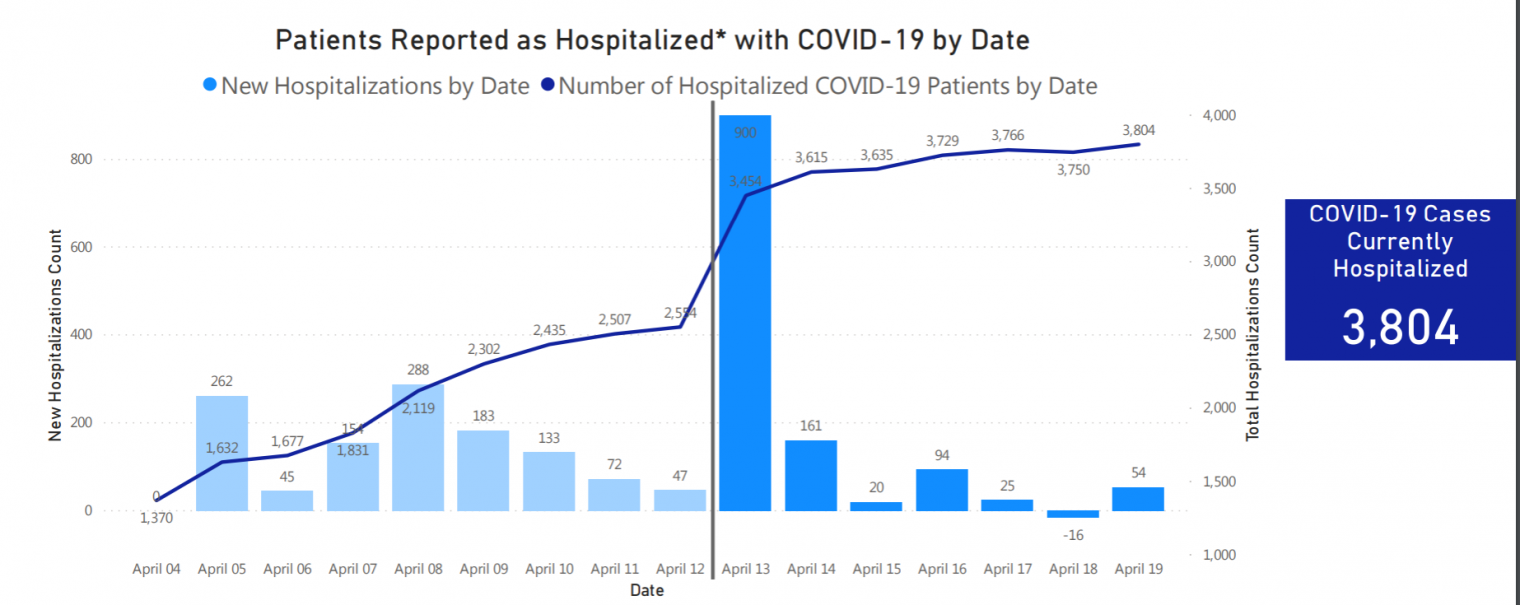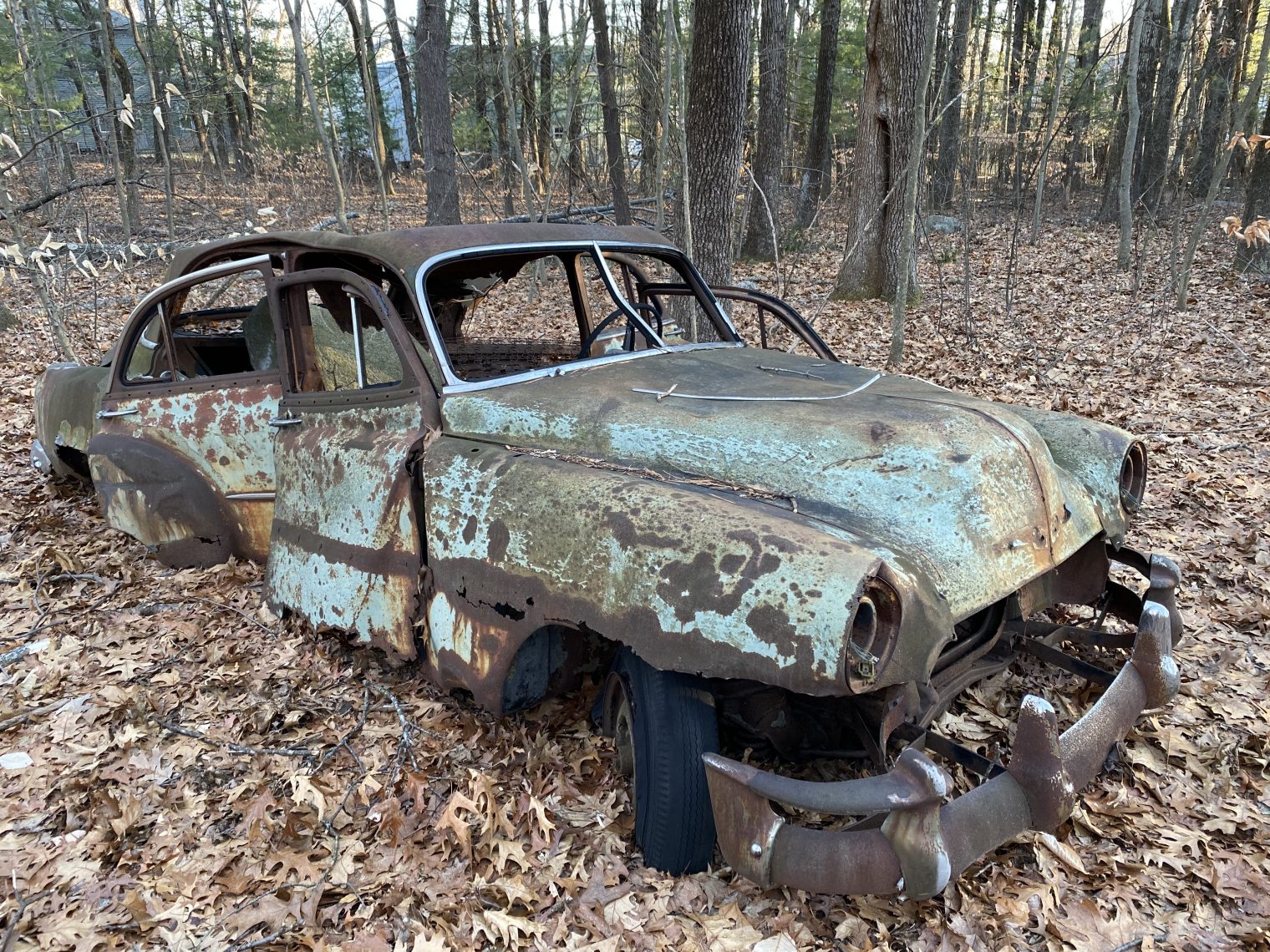One of my Facebook friends, a guy closing in on Medicare eligibility:
I was almost 13, standing before my temple congregation, and I still remember reading these words from my Torah (bible) portion, “Choose life — if you and your offspring would live” It was somewhat random that of all the dates for me to be born and selected for my Bar Mitzvah, this would be my portion to read. If you know me, you know I don’t preach, I do think people should make their own choices. So these days, I can’t stop thinking about these words, and the choice we all make every day. Choose life over the alternative.
In other words, we can choose to stay home and save lives or go out and party (where, exactly?) and kill people via covidiocy.
In a previous post, I pointed out that, even if the Swedes are wrong and our quasi-lockdown has some effect on transmission rate, we can’t “save lives” by shutting down the U.S. economy because the resulting poverty will kill Americans (2011 NYT article) and kill poor people in trading partner countries, e.g., some of the hungry among the 200 million in Nigeria now that we’ve driven the price of oil below their production cost. The Earth can sustain a population of 8 billion only with a functioning modern economy of trade. If that weren’t necessary, the human population would have hit 8 billion before the birth of Jesus. The best that we can do is “save older richer American lives” by trading them for deaths among the poor. (But probably we won’t succeed in saving any rich old Americans.)
So we don’t have a choice to save lives, only, if the Swedes are wrong, whom to kill.
A physician friend said, “I agree with you on the poverty. That’s the biggest single determinant of clinical outcomes. However, you’re missing two big factors.” He pointed out that all clinical trials are currently shut down. If you were hoping to survive heart disease, diabetes, or cancer with the assistance of a new drug, you’d better come up with a way to survive an extra 6-24 months with the old pharmacopoeia. Any innovations will now be delayed by however long the coronapanic lasts.
He also directed me to “The Untold Toll — The Pandemic’s Effects on Patients without Covid-19” (Lisa Rosenbaum, M.D., New England Journal of Medicine, Apri 17). The author points out that a postponed “elective” treatment may result in death:
Although canceling procedures such as elective hernia repairs and knee replacements is relatively straightforward, for many interventions the line between urgent and nonurgent can be drawn only in retrospect. As Brian Kolski, director of the structural heart disease program at St. Joseph Hospital in Orange County, California, told me, “A lot of procedures deemed ‘elective’ are not necessarily elective.” Two patients in his practice whose transthoracic aortic valvular replacements were postponed, for example, died while waiting. “These patients can’t wait 2 months,” Kolski said. “Some of them can’t wait 2 weeks.” Rather than a broad moratorium on elective procedures, Kolski believes we need a more granular approach. “What has been the actual toll on some of these patients?” he asked.
[Note that NEJM makes this article available for free because it is COVID-19-related. Consistent with “Why do we care about COVID-19 deaths more than driving-related deaths?”, they want to make sure that all doctors worldwide have access to information that could save a COVID-19 patient, but they don’t care if a patient dies from some other preventable cause because the doc couldn’t afford a subscription!]
This death toll is in addition to deaths from patients who try to avoid going to the hospital in the first place because they’ve read that it will be a Fall of Saigon situation and they will get coronavirus during their 14 hours in the ED waiting room.
Finally, if you were hoping to be cured by a well-trained physician a few years from now, you might be disappointed to learn that all medical student clinical training has been suspended (and classroom training for years 1 and 2 has become a less effective virtual experience). It doesn’t matter to that our future doctors will miss 3-6 months of training? If so, why not cut medical school to 3.5 years?
Separately, but also on Facebook, there seems to be a rich vein of social distancing scolding. Here’s one from a nowhere-near-old-enough-to-be-at-risk guy who married the daughter of a rich guy and thus lives in a big beautiful custom-built home on a large suburban lot:
As of yesterday, 4.2% of Massachusetts residents who contracted Covid 19 died.
Today on my solo bike ride, I observed PACKED parks, with zero social distancing measures.
We can do better than this. I’m beyond ready to get back to work.
(He doesn’t have a W-2, 9-5 job, thanks to the father-in-law’s success, so “work” is creative, rather than oppressive.)
From a nurse in the Bay Area, regarding an outbreak in Truckee:
Wtf?!! What don’t people get? Stay the F* home!! Do not go to your 2nd or 3rd homes/ski leases!!! They don’t have the medical facilities/ICU capabilities for Bay Area people going back and forth and potentially spreading the virus!! All of us Bay Area/ SC/ Monterey 2nd homeowners are SIP at our PRIMARY homes… not escaping to our 2nd/3rd homes (Kirkwood) to “get away into the high altitude wilderness”. It’s ABSOLUTELY F**** selfish!!!!
Here’s one posted by a friend, in which the Seattle Parks & Rec folks tell the rabble “Enjoy Your Backyard”:
Nobody on either coast seems to be thinking about Americans who aren’t rich enough to have a backyard!
Related:
Full post, including comments 







